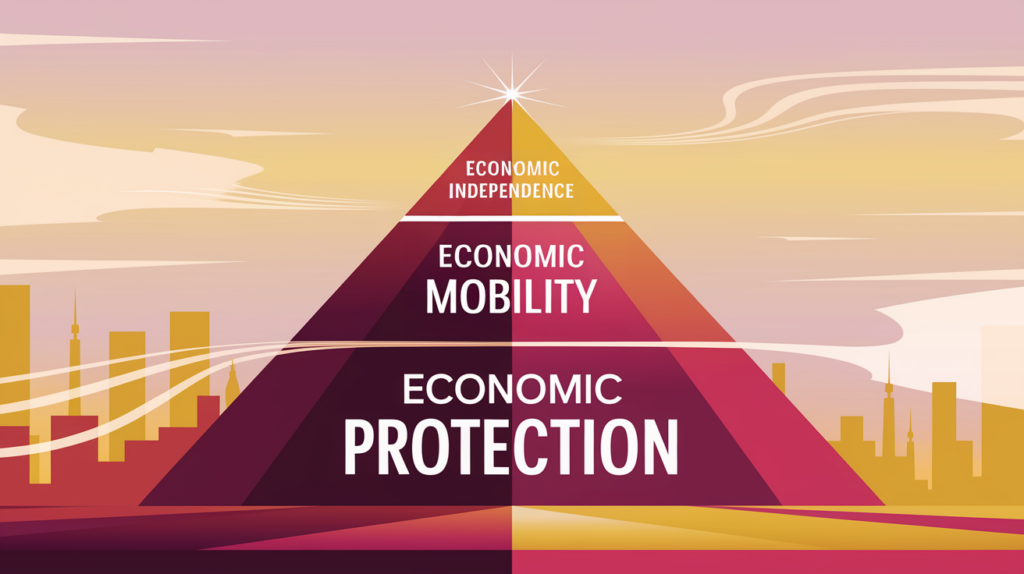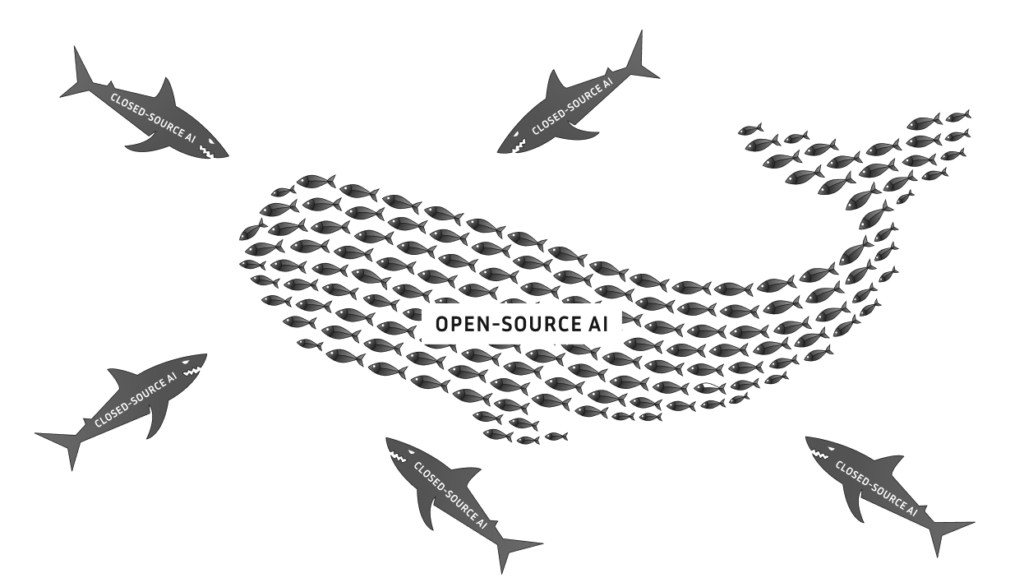Embedded Finance: The Clue to Inclusion
Obvious |

It can be easy to take access to the financial system for granted—storing money in a bank and knowing it’ll be there when you need it, paying with a credit card, buying insurance. Current banking crisis aside, these are things most of us can count on.
However, this is not the case for the large percentage of our country that suffers from financial exclusion. They are either “unbanked,” with no access to financial services at all, or “underbanked,” with minimal access to financial services. Think check cashing places and payday loans with their exorbitant interest rates. The number of unbanked and underbanked is staggering. It includes 60 million Americans and 35% of small businesses. Solving these unmet needs is one of the biggest opportunities in fintech, and we believe that financial inclusion can create the next multi-billion dollar startup.
How it happens
The lack of access to fair financial services is a key factor keeping people in poverty. Without the opportunity to establish creditworthiness, a new small business that isn’t yet profitable might rely on payday loans from hard money lenders. And a delinquent bill can damage credit, even before an individual has a credit card. The populations that need support the most are at the highest risk of financial exclusion, creating a Catch-22 where weak credit only pushes them further from financial services. The result is a widening gap of income inequality and a growing mistrust of major financial institutions where today, only 29% of people trust their bank to look after their long-term financial well-being.
Perpetuating the economic divide
Traditional bank underwriting is one of the main reasons for this gap. Underwriting is not designed to build credit worthiness; it is designed to lend money. Consumers and businesses alike supply financial information, hoping to fit into a framework of creditworthiness, but the onramp to the credit journey is often too steep. Today’s traditional banking models often steer those without a robust credit history to more predatory financial products and lenders.
New data drives better understanding
With more economic activity happening online, the amount of accessible data has exploded, unlocking the opportunity for more purpose-driven financial products. APIs can now allow a provider to pull real-time data to better understand the consumer and their capital needs. This bridges the information asymmetry gap that traditional banks suffer from and can improve risk models to explain why diverse customers are eligible, even if traditional metrics are not available, say because of a low credit score or prior bankruptcy. By embedding this new data into non-financial distribution channels, like marketplaces and independent software vendors, to supply financial services digitally, institutions can now provide customized capital at a materially lower cost to a broader set of consumers and small businesses.
Unlocking a new journey
Embedded finance is, at its essence, the offering of financial services at the point of transaction instead of at a bank. This change in delivery comes with fundamental shifts in how financial services can be underwritten and enables institutions to take longer-term views of a person or SMB, unlocking credit worthiness.
Financial institutions have lost their sense of community. They are transactional and use a static snapshot to pass financial checks—credit score, payment history, and cash flow. Customers must already be familiar with the financial system to understand their exact needs and what financial products to apply for. Institutions should be relationship-oriented to facilitate the journey a long-term creditworthy business or person and embedded finance kickstarts that journey with contextual data that understands what a customer needs when they need it.
Digitization is spurring the facilitation of embedded finance
Digital adoption has become a necessity; 79% of banking customers want more all-digital banking options. The evolution into a digital economy has created the opportunity to offer embedded finance at scale and provide better personalization to underserved customers at their point of need. These offerings also benefit providers, leading to new revenue streams, improved LTV, lower CAC, cheaper services, and a material expansion of TAM. Online marketplaces will drive most retail and travel spend by 2025, and they already recognize how embedding financial products can drive more holistic experiences for their customers. Companies like Uber, Airbnb, and Shopify are successfully using embedded finance, and we expect to see much more.
Where the opportunity lies
The rise of embedded finance relies on a rebuild of the infrastructure used to supply financial products. What was previously served in-person at a bank, now needs to be managed digitally through merchant platforms. We believe there will be amazing opportunities in these areas:
- Endpoints that drive the delivery of financial products: We’ve written about this when defining a SMB Central Nervous System. A new generation of vertical market software companies will be built with the goal of being Central Nervous Systems (“CNS”), to which integration with financial services will be key to better serve customers.
- Infrastructure that facilitates the embedding of financial services: Companies will be developed with the specific intent of powering embedded financial services products. Using APIs that connect to a CNS, these businesses will support financial products like payments, payroll, lending, and insurance.
- Underwriting that uses new data to define creditworthiness: Financial service providers will need solutions to reimagine their underwriting model. Incremental first party data will be aggregated for consumers and businesses to build next-generation credit bureaus and orchestration platforms to help manage and model novel underwriting patterns.
We believe that these innovations in embedded finance will extend financial services beyond the bounds of what was previously available in the traditional model. Ultimately, we hope to see more people included and engaged in the financial system, and embedded finance is an exciting conduit.



